- CUSTOM BOXES
- CUSTOM BAGS
- CUSTOM STICKERS
What is Box Packaging Design? Essential Guide for Businesses and Brands
Box packaging design plays a crucial role in shaping the perception of a brand and influencing consumer behavior. As businesses navigate the increasingly competitive landscape, the importance of innovative and aesthetically pleasing packaging cannot be overstated. According to renowned packaging expert Jane Doe, "The right box packaging design not only protects the product but also serves as a powerful marketing tool that can tell a brand's story in an instant.” This highlights the dual purpose of packaging: functionality and brand representation.
In this essential guide for businesses and brands, we delve deep into the principles of box packaging design, exploring how it can enhance customer experience and elevate brand identity. From selecting materials that reflect sustainability to creating visually impactful designs, understanding the nuances of box packaging can set a business apart in a crowded market. As we approach 2025, the trends in box packaging design are evolving rapidly, presenting both challenges and opportunities for brands to innovate and captivate their audience. This guide aims to equip you with the insights and tools necessary to navigate this dynamic field successfully.
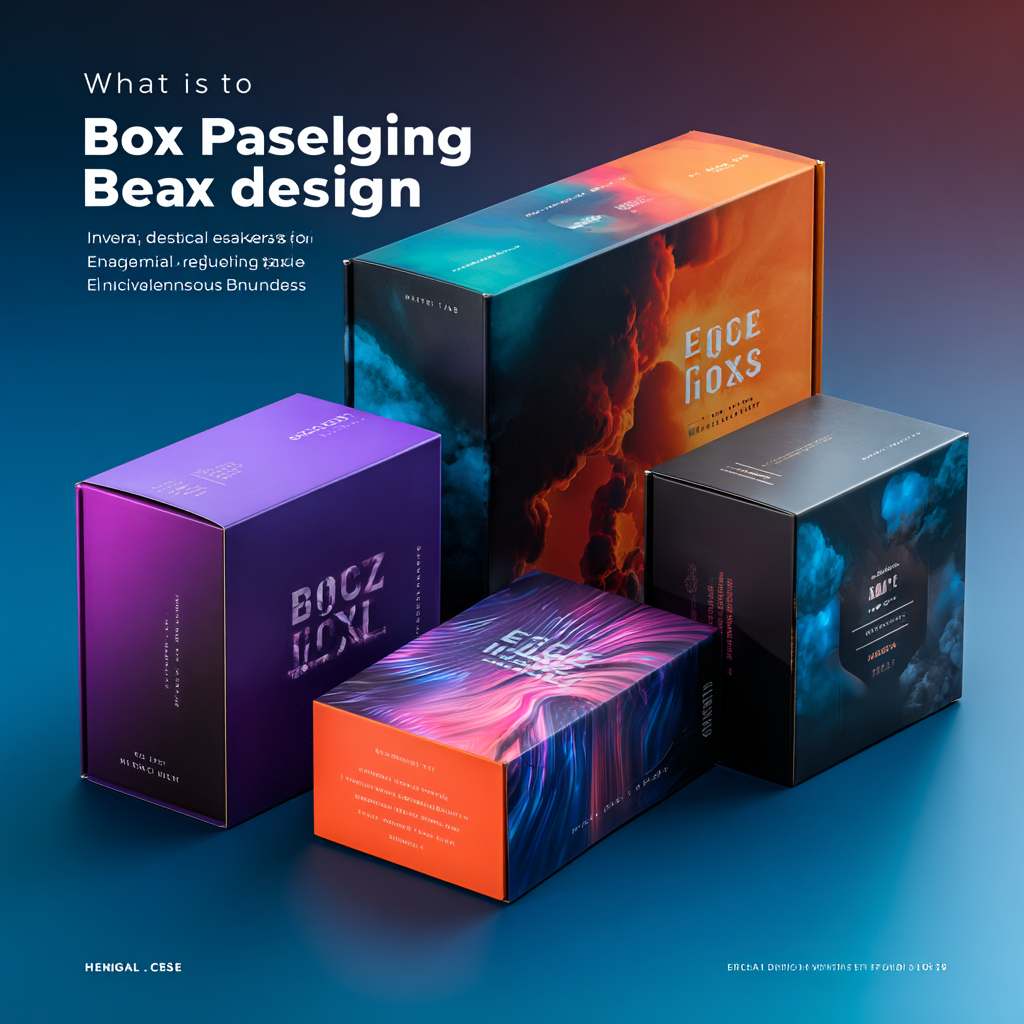
Understanding the Importance of Box Packaging Design for Brands
Box packaging design plays a crucial role in establishing a brand's identity and influencing consumer behavior. According to a 2021 report by the Paper and Packaging Board, over 72% of consumers judge a product by its packaging, emphasizing that an appealing design can significantly affect purchasing decisions. Companies investing in innovative packaging solutions not only improve their brand visibility but also enhance customer experience, thereby fostering loyalty. Effective box packaging serves as a silent salesperson, conveying the product's value and quality at first glance.
**Tips:** When designing box packaging, ensure that your brand colors and logo are prominently featured to strengthen recognition. Additionally, incorporating sustainable materials can resonate well with eco-conscious consumers, as studies indicate that 62% of customers prefer brands that use environmentally responsible packaging.
Another important aspect of box packaging design is its practicality. According to a survey by the Harris Poll, 75% of consumers report that convenience in packaging influences their buying decisions. Features such as easy opening and storage can greatly enhance user satisfaction. Striking the right balance between aesthetics and functionality can lead to a significant competitive advantage in today’s crowded marketplace.

Key Elements to Consider in Effective Box Packaging Design
Effective box packaging design is crucial for businesses and brands looking to make a lasting impression. One key element to consider is the choice of materials. The right material not only protects the product but also enhances the brand's image. For example, eco-friendly materials can appeal to environmentally conscious consumers, while luxurious textures can convey premium quality. Additionally, the durability of the material ensures that products arrive safely, maintaining customer satisfaction.
Another important aspect of box packaging design is the visual appeal. This includes color, typography, and graphics, all of which should be aligned with the brand identity. Eye-catching designs can attract attention on crowded shelves and make a product stand out. Additionally, incorporating clear messaging on the packaging can communicate important information about the product, reinforcing its value proposition. By carefully considering these elements, brands can create packaging that not only protects but also promotes their product effectively.
Innovative Trends in Box Packaging Design for 2023
In 2023, the landscape of box packaging design continues to evolve, driven by innovative trends that align with sustainability and consumer engagement. According to a report by Smithers Pira, the global market for packaging is expected to reach $1 trillion by 2024, highlighting the increasing importance of packaging in brand strategy. One key trend is the shift towards eco-friendly materials, with 50% of consumers stating they are willing to pay more for sustainably packaged products. This reflects a growing consciousness about environmental impact, prompting businesses to adopt recyclable and biodegradable materials in their box designs.
Additionally, advancements in digital printing technology are allowing for greater customization and personalization in box packaging. Businesses are leveraging these capabilities to create unique, branded experiences that resonate with their target audience. A survey by Packaging Strategies found that 72% of consumers prefer packaging that tells a story, emphasizing the role of design in connecting with customers on an emotional level.
As brands embrace these innovative trends, box packaging emerges not merely as a protective layer but as a critical touchpoint for customer engagement and brand loyalty in a competitive marketplace.
Comparing Eco-Friendly vs. Traditional Box Packaging Solutions
When it comes to box packaging design, businesses face the crucial decision between eco-friendly and traditional solutions. According to a report by Smithers Pira, the global market for sustainable packaging is expected to reach $400 billion by 2027. This trend indicates that consumers increasingly prefer environmentally conscious brands, pushing companies to reconsider their packaging strategies. Eco-friendly materials, such as recycled paper and biodegradable plastics, not only reduce environmental impact but can also enhance brand image.
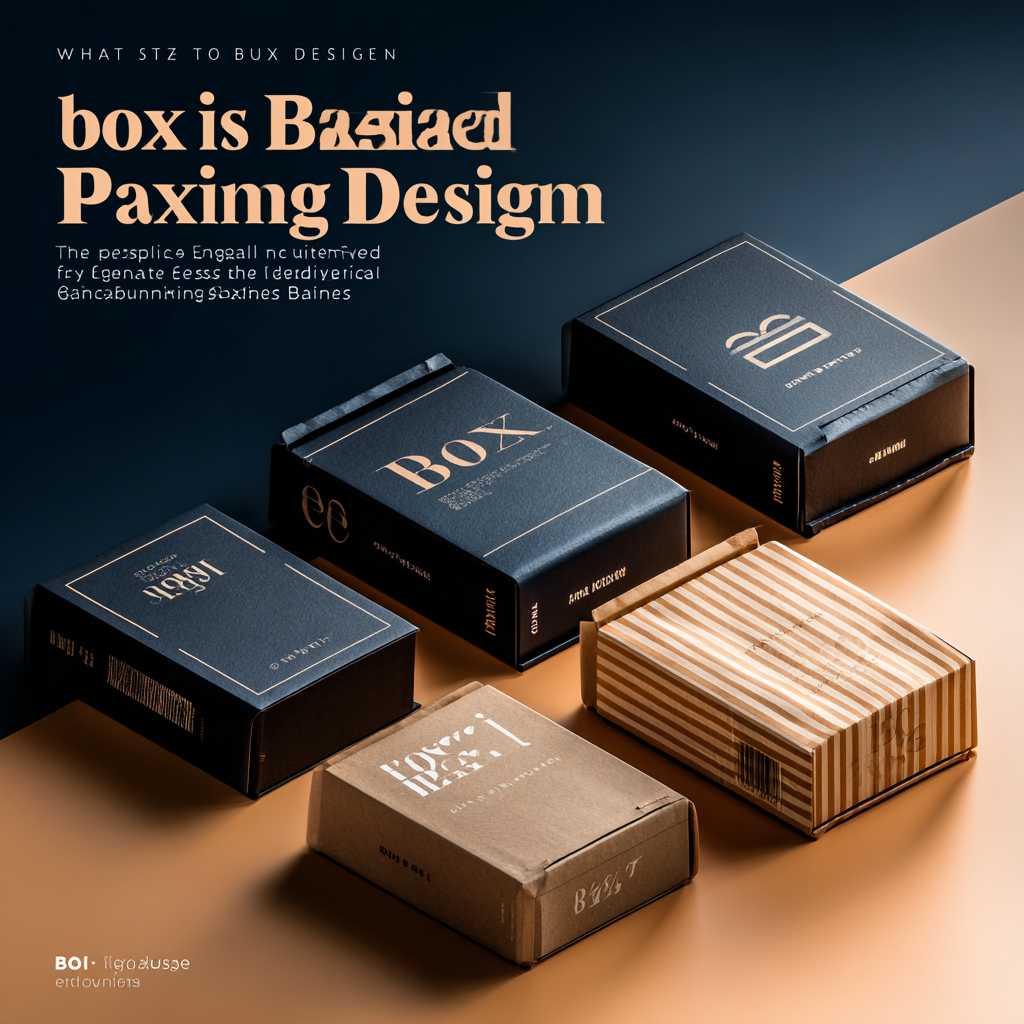
On the other hand, traditional packaging methods, often involving plastic and non-recyclable materials, still dominate many sectors due to lower initial costs and widespread availability. However, studies from the Packaging Association suggest that nearly 70% of consumers are willing to pay more for products with sustainable packaging, indicating a shift in purchasing behavior. Brands must weigh these factors carefully to align their packaging choices with consumer expectations and regulatory standards.
Tip: When redesigning your packaging, consider using minimalistic designs that not only save materials but also appeal to eco-conscious consumers. Furthermore, investing in reputable certifications for your sustainable packaging can significantly boost consumer trust.
Steps to Create a Compelling Box Packaging Design Strategy
Creating a compelling box packaging design strategy is crucial for businesses and brands that aim to stand out in a competitive market. The first step involves understanding your target audience. Conduct thorough market research to identify their preferences, behaviors, and values. Knowing who you are designing for will help tailor your packaging to resonate with them emotionally and functionally. This foundational understanding will guide the aesthetic choices and messaging that will best connect with your consumers.
Once you have a clear picture of your audience, the next step is to focus on the design elements of the box. This includes choosing the right materials, colors, and typography that align with both your brand identity and consumer expectations. Incorporating visual branding elements ensures consistency across all touchpoints, which fosters brand recognition and loyalty. Finally, it's essential to consider functionality and sustainability; this means designing packaging that not only protects the product but also minimizes environmental impact. By prioritizing these aspects, you can create packaging that is not only visually appealing but also practical and responsible.
Related Posts
-
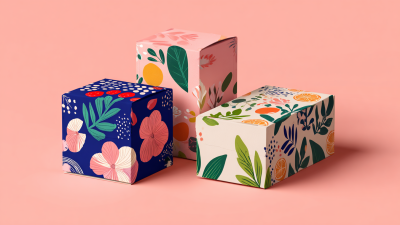
Transform Your Brand: Innovative Box Packaging Design Trends You Need to Know
-
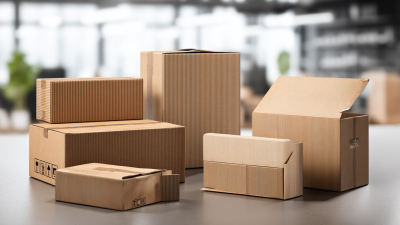
Unveiling the Secrets of Help Packaging for Optimal Product Preservation
-

2025 Top 10 Stand Up Food Pouches for Convenient and Stylish Snacking
-
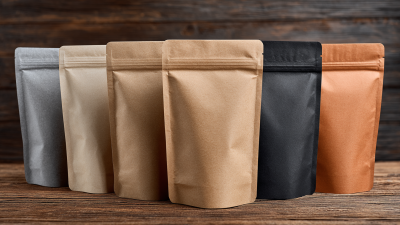
Top 10 Packaging Pouches: Best Options for Your Products in 2023
-
The Sweet Art of Candy Packaging: Innovative Designs That Captivate and Preserve
-
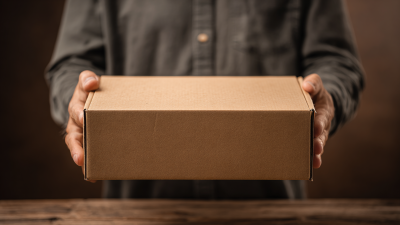
Top 10 Benefits of Personalized Packaging for Your Brand Success
